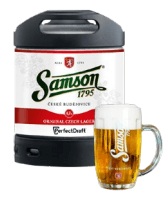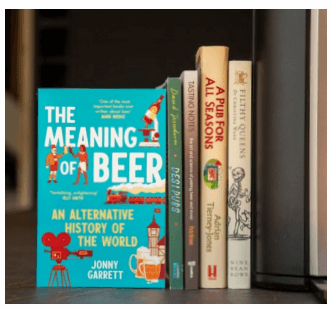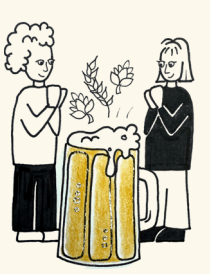
When you tell someone you judge beer, it’s a common assumption that all you have to do is turn up at the venue, get a few bottles and glasses on the table and start guzzling. At the end of the day, it is presumed that the judges are unsteady on their
feet. Wrong. Judging beer is hard work and not as easy as it sounds, though it can be a lot of fun.
I have been judging beer for over 25 years, an activity that has developed and grown in conjunction with my career as a writer and author on the intersection between pubs, beer and travel. My first competition was a regional Society of Independent Brewers (SIBA) event in Newton Abbot; the competition still continues, and I judged at the latest one in April.
In 2000, I attended my first competition in London and learnt a crucial lesson from one of the more experienced judges on my table. I turned to him and said that I was sure that the beer in the glass was Taylor’s Landlord. Michael Jackson (the famous beer writer, not the singer) looked at me over his glasses and said that he’d never tried to guess a beer. That is something I have passed on to new judges over the years.
Since then, judging beer has taken me all over the UK and Europe, and once across the Atlantic to the Andes in Peru. Until two years ago, I was the chair of judges for the World Beer Awards, which meant that not only was I a judge but I also oversaw the picking of judges and made sure that all the beers entered were in the right style category.
Many competitions, though not all, group their entries into beer style categories, which means that judges should have the knowledge to tell the difference between, say, a Baltic porter and an Imperial stout, or how to
tell a New England IPA and a West Coast IPA apart. However, you would be surprised how many breweries place their beers in the wrong category. Once, in the World Beer Awards, I was checking the entries and for some reason I decided to check a French beer that had been placed in the Saison/Farmhouse Ales category. I went to the brewery’s website and, looking at the bottle label I could see clearly that it was labelled a Pilsner, so it was moved into the relevant category.
Sniff and sip
The way most judges evaluate a beer is to look at, smell and taste it, note whether it is true to style, free of faults (such as diacetyl, which smells like butterscotch), in good condition and then ask the question: would you buy this beer? If the answer is positive, then you give it a mark and move on to the next beer in the flight. Sometimes up to 50 beers are judged in a day, which is why spittoons are provided, as no one wants drunk judges.
How do brewers react to competitions? In my personal experience, for those that win, there seems to be real joy in taking home a cup or a certificate, while an award can also help sales. Next time you are in the beer
section of a supermarket, scan the bottles and cans on shelves and chances are you will see labels announcing that this beer or that beer has been awarded a gold in, say, the World Beer Awards or the Great Taste Awards.
I believe in beer competitions and argue that they are a worthwhile challenge when your beer is judged by trained or experienced writers, members of the brewing and licensed trade and fellow brewers. The best judges take great care to analyse and oversee the beers they are presented with (usually served blind) and take their roles very seriously. Now, are you ready to have a go at home with a PerfectDraft beer?
PerfectDraft award-winning beers
 Camden Town Brewery, Hells
Camden Town Brewery, Hells
World Beer Awards 2019:
Gold (commended),
Classic Pilsner Theakston, Old Peculier
Theakston, Old Peculier
CAMRA Champion
Winter Beer of Britain
2000: Silver Vocation Brewery, Life & Death
Vocation Brewery, Life & Death
Great Taste Awards
2024: Three stars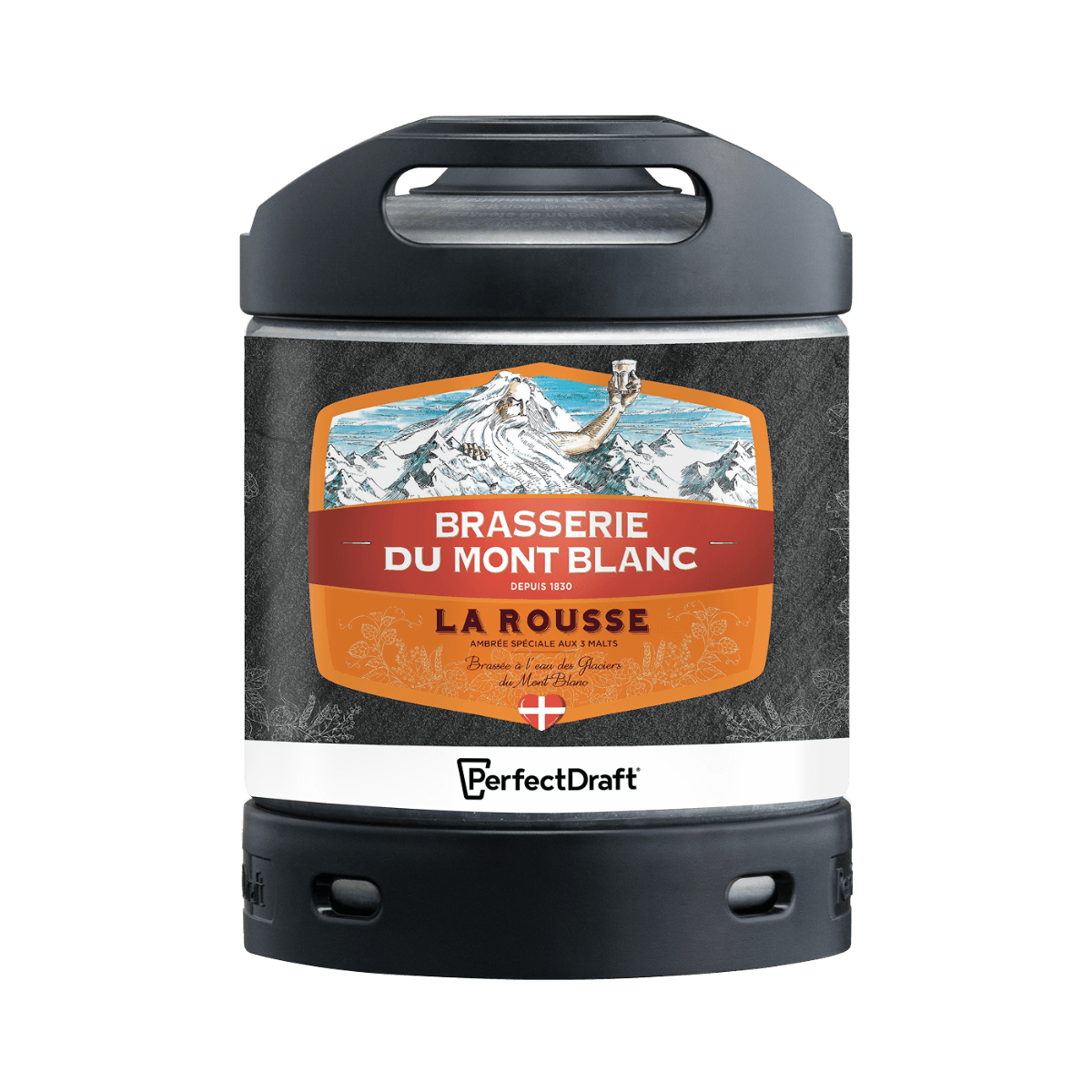 Brasserie du Mont Blanc, La Rousse
Brasserie du Mont Blanc, La Rousse
World Beer Awards 2022:
Best French Pale Beer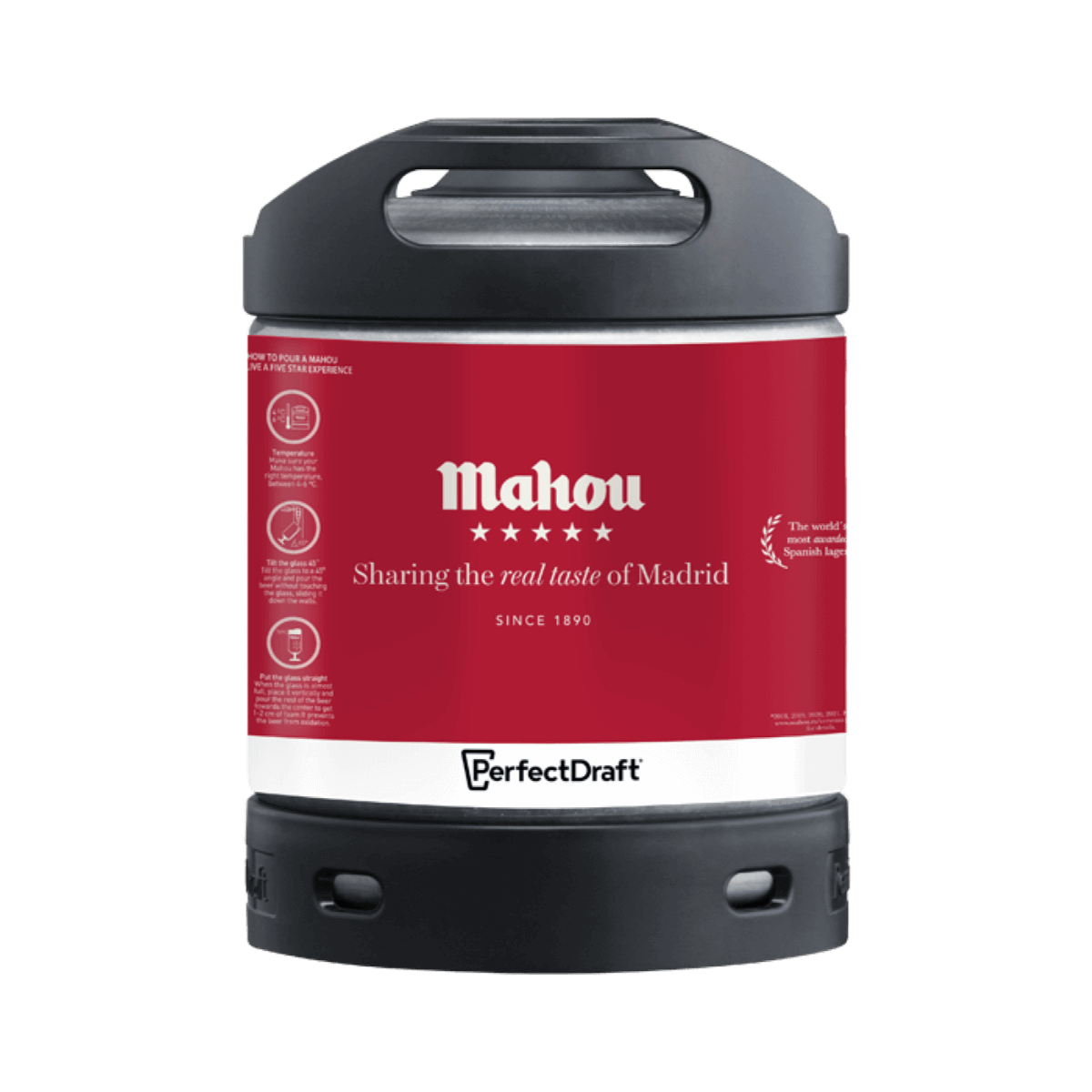 Mahou, Cinco Estrellas
Mahou, Cinco Estrellas
World Beer Challenge, Silver Medal, German Style Pilsen
Also Discover : PERFECT GEEK : How the PerfectDraft machine works, Anatomy of a Label : Mahou Cinco Estrellas and Your shots : Perfect Pics !

